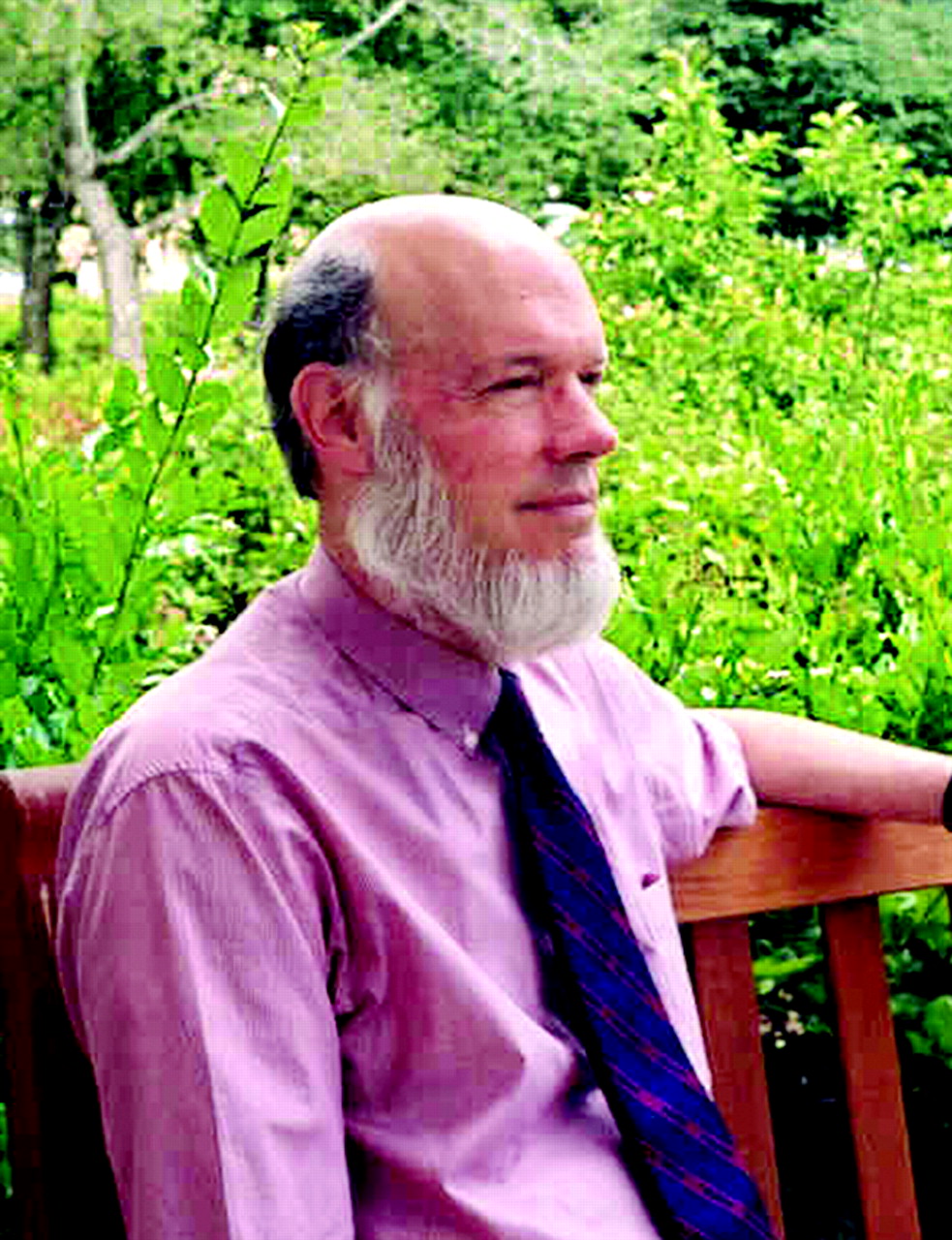Abstract
Beginning with a very brief survey of three remarkable papers in the
Amer. J. Math. in 1939 by authors S.O. Rice, H. Hotelling, and H. Weyl
and the papers on change-point detection in the 1950s by E.S. Page,
I will discuss the maximum score statistic to detect and estimate
change-points in the level, slope, or other nonlinearity of an
otherwise simple regression function
and to segment
the sequence when there appear to be multiple
changes.
Sequential detection of change-points, especially slope changes, will also be
discussed.
Examples involving temperature variations, levels of
atmospheric greenhouse gases,
suicide rates, incidence of Covid-19, and excess deaths during the Covid-19
pandemic illustrate the general theory.
Motivated by applications that include
fMRI analysis and clustering problems of astrophysics,
I will also review methods for detecting "bumps" in random fields.
Combining these methods leads to the study of spatio-temporal
processes, where
the spatial features can be either (A) unstructured vectors of observations or
(B) random fields where changes of interest are
expected to be geometrically clustered. Our goals can be either
(C) to detect and estimate the position of local changes in the random
fields arising from the temporal structure
or simply (D) to determine that there are changes in the random fields,
without identifying their number or location.
Aspects of this research involve collaboration with Fang Xiao, Li Jian,
Liu Yi, Nancy Zhang, Benjamin Yakir, Li (Charlie) Xia, and the late
Keith Worsley.








